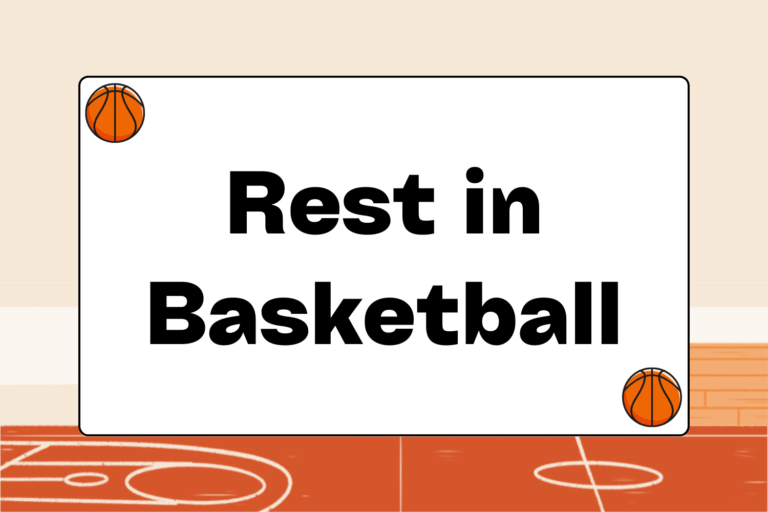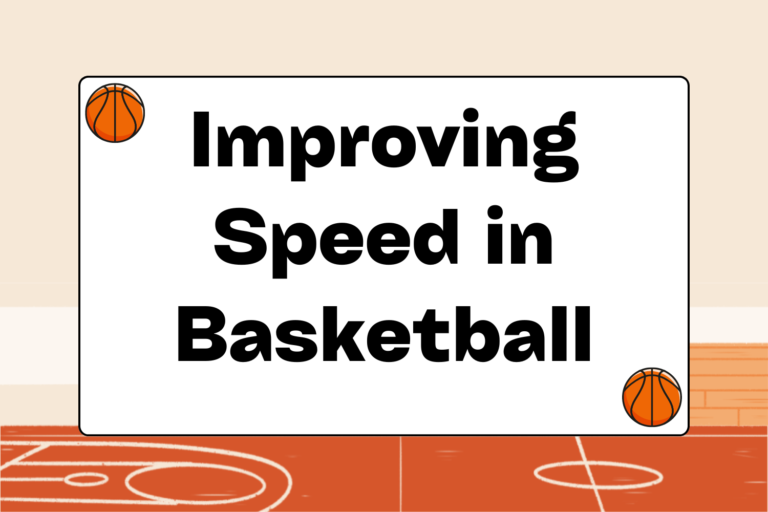Choosing between a zone and man-to-man defense can be a difficult decision for many coaches. Too often this decision is based on factors beyond the coach’s control, such as the time a team has to learn a zone defense or the skill level of the players. Instead, selecting the right defense should be based on a personal philosophy, the talent of the team, and the offensive strengths of the opponent.
Many coaches at all levels teach both defenses and interchange them during the course of a game. Choosing one to be a base defense, and switching to the other defense can be a great change of pace and can disrupt or even confuse efficient offenses. Knowing which defense to use requires knowing the strengths of both.
Strengths of Man-to-man Defense
At its best, man defense emphasizes the individual athleticism of the defense. It motivates players to lock down their opponent and allows for switching or double-teaming to get the best match-ups. Here are the best reasons to choose a man-to-man defense:
- Aggressive defense: In a man defense, defenders on the side with the ball can guard their man more aggressively, while the off-ball defenders can sag into the middle. As a coach, you can also put your best defender on the offense’s best scorer.
- Improve footwork: Younger players quickly learn to slide-step and close out on offensive players when they’re guarding an individual, as opposed to an area of the floor.
- Everyone’s accounted for: It’s possible for an offensive player to slip through to the basket in a zone defense. In a straight man defense, every defender is assigned an offensive player. This is especially important on the defensive glass when a shot goes up.
- Ready to press: Switching to pressure defense is easier when you’re behind late in a game and need to get after the basketball.
The teams with the most athletic defenders usually play more man defense. This allows them to put greater pressure on the ball and lock down a hot scorer. However, everyone’s held accountable for their assignment in a man defense, which makes it unsuitable for certain teams.
Strengths of Zone Defense
A zone defense emphasizes all five players working together to defend the basket. It covers up slower defenders and can compensate against an offense equipped with fast, quick scorers. A well-designed zone is great for special circumstances, such as:
- When the defensive players are taller and slower.
- When focusing on one or two hot scorers.
- When running full- or half-court pressure.
Here are a few more strengths of the zone defense:
- Protect the paint: A 2-3 zone can eliminate dribble-penetration by encouraging quick double teams on the perimeter and packing the defense into the paint. This often forces the offense to settle for outside jump shots.
- Protect a defender in foul trouble: A zone allows teammates to quickly slide over to guard or double-team a scorer. This is especially true for low-post players, and the zone is a great way to protect a big man from picking up a foul.
- Slow down the tempo: Zones are great against fast teams that get out in transition and have quick triggers. Many coaches like to use a zone when an offense is scoring too quickly, or if they want to give the defense a bit of a breather during the game.
- Keep the offense off-balance: Switching defenses when an offense is in rhythm can have the same effect as calling a time-out: It can slow down even the best offensive teams.
Mental Edge
Complacency is the enemy of good defense, and zone defenses can lead to this sense of lethargy. Be sure that your players maintain their man defensive skills through practice and drills, even if you prefer to run a zone during games.
How to Choose Your Defense
The most important factor when choosing a defense is whether to go with your personal philosophy or the defense best suited to defend a specific offensive team. Many coaches begin with their base defense — man defense, in most cases — and are willing to adjust during the game if conditions make it necessary. The base defense is the one a coach chooses based on personal philosophy.
When scouting, personal experience, or feel for the game tells you that an opponent can overwhelm your base defense, you must be willing to use a change-of-pace defense. This means using your strength to counter your opponent’s strength.
It’s also a good idea to adjust your base defense before abandoning it altogether in favor of an alternative. For example, if one scorer’s on fire from outside against your man defense, try switching defenders, sending a double-team, or sagging toward his side before scrapping your man defense and going with a zone.
Adjustments
Adjustments can be a coach’s best friend. Defensive adjustments can be used to stop a run by the offense or to slow down a great offensive player. But they can also be a great weapon that takes advantage of your own team’s strengths. The more defensive strategies a team can use, the better prepared they are to slow down an offense.
Making adjustments is largely a result of having a feel for the game and your team’s strengths. However, knowing a few basic strategies for defensive adjustments can give many teams a formidable defense.
- Change on the fly against inexperienced teams: Younger, faster teams will have a difficult time recognizing a defensive adjustment. Changes could come after a score or based on a signal from the point guard.
- Use a zone against a bigger team: This allows the defense to sag into the key and help when the ball goes into the post.
- Use full-court press to spark your offense: When you’re struggling to get a shot and your team is standing around, press in the backcourt to create steals and transition baskets.
- Use a box-and-one or triangle-and-two against great scorers: These defenses let one or two perimeter defenders chase the hot man as he works to get open.
Sometimes, knowing when to use a defense is the most important factor of playing effective team defense. The ability to adjust quickly based on game conditions can make any decision the right one.
Mental Edge
The scoreboard can tell you when it’s time to change defenses. A defense that’s stifling the opponent doesn’t need to be changed. But when the other team’s offense is lighting up the net, it may be time for an adjustment.





